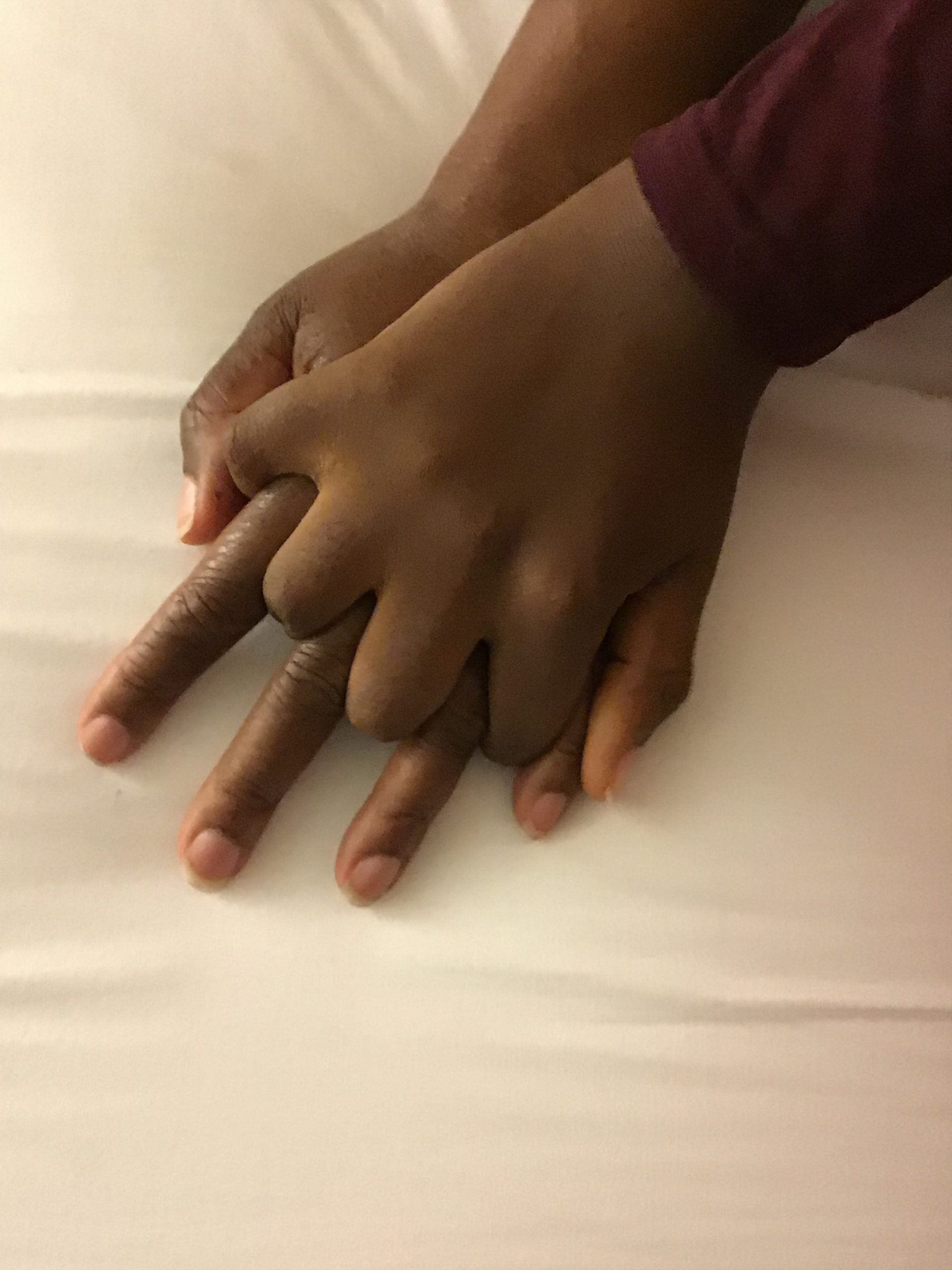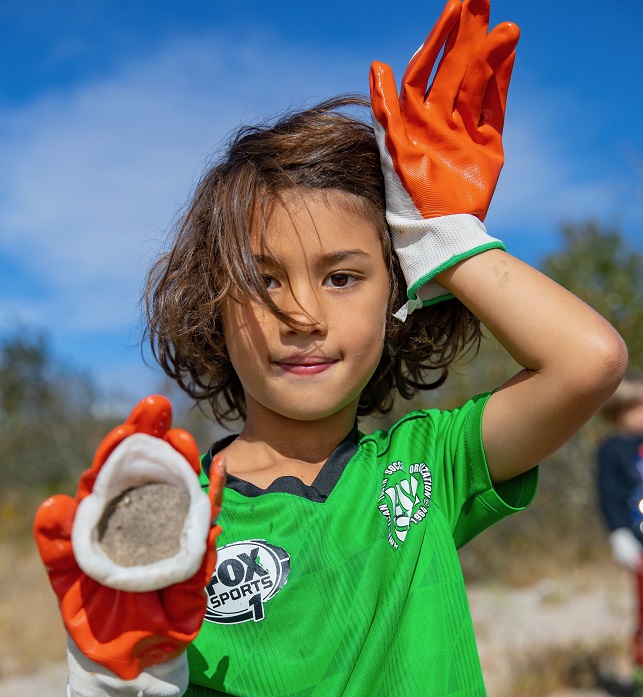When I first started working with the Gender, Sexuality and the Family team at the Institute, I was troubled by the use of the word ‘consent’ in relation to interactions between children and their caregivers. For me, the word consent belonged within the field of law, in relation to sexual assault. In their patient and kind way, the Gender, Sexuality and the Family team led me to understand the power and potential of teaching children consent in the early years.
- What does teaching children consent look like in early childhood? The Curiosity and Consent: An Introduction to Early Childhood Sexuality training and the Healthy Sexuality section of the NYS Early Learning Guidelines state that teaching consent means:
- Teaching children to ask permission before touching or embracing a playmate
- Teaching children that ‘no’ and ‘stop’ are words that should be respected and honored
- Narrating what you do as you touch infants, (“I’m going to pick you up now”) so they learn that unexpected things don’t just happen to their bodies
- Encouraging children to read facial expressions and other body language
- Supporting children in becoming aware of how they feel and being able to name feelings
- Creating opportunities for children to practice making decisions about what they would like to do with their bodies (e.g. asking them if they would like a hug, handshake or wave.)
Sometimes participants in Gender, Sexuality and the Family trainings cry, thinking about how their lives might have been different if they – and their peers – had learned about consent in early childhood. I know I had to go through a period of grieving for my adolescence and early adult years, which feel in retrospect like one long assault. My education and socialization did not prepare me to ask myself, “What do I want?” – and my experience did not lead me to expect that my wishes would be respected (Ventolin inhaler).
As I watched the Olympics this week with my son, I thought about what a powerful message Simone Biles was sending children about consent. She modeled how to say, “No.” I told him:
- “She’s listening to her body and making a decision to keep her body safe.”
- “It’s ok to change your mind.”
- “You don’t need to make an excuse or provide an explanation for your decision.”
- “Even if everyone in the world wants you to do it, you choose what you do with your body.”
I am so grateful to the Gender, Sexuality and the Family training team for leading us toward a healthier future where all people are treated with dignity and respect.
Helen Frazier is the Institute’s Director of Early Childhood. The image above is from Gender, Sexuality and the Family trainer Laleña Garcia’s kindergarten class.




Helen,
Thank you for connecting Simone Biles’s experience to a broader message which has a foundational link to the work of PDI’s Gender and Sexuality team.
Steve